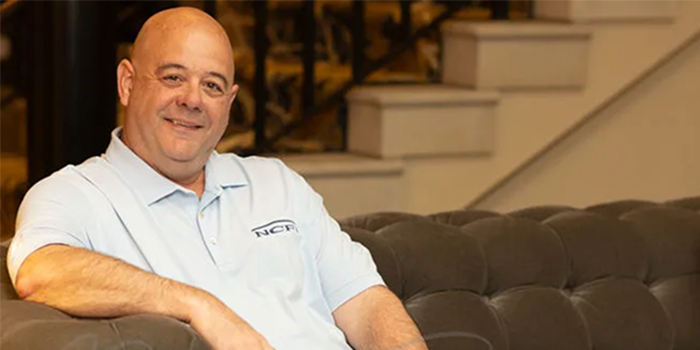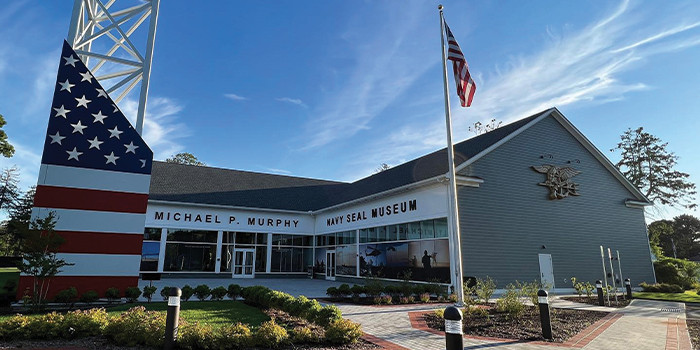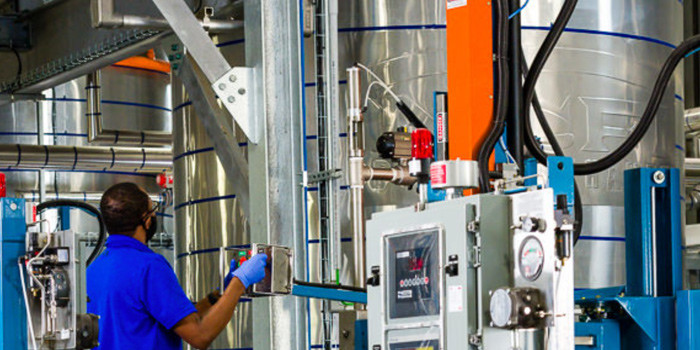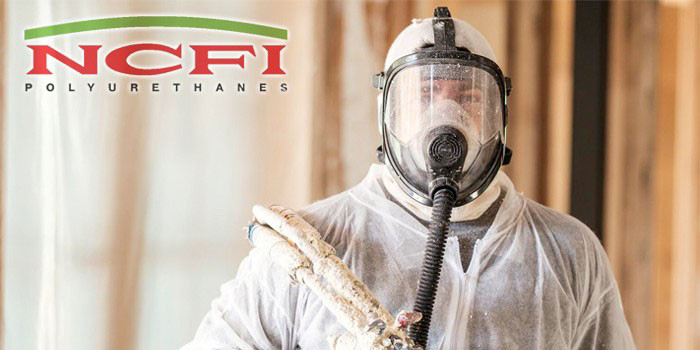NCFI's TerraThane Geotechnical Foam Keeps Natural Gas Flowing in Nation’s Ninth Largest Gas Reserve
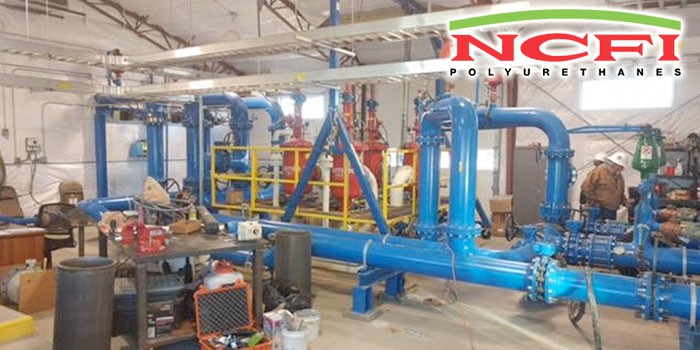
FORT LUPTON, CO – April 17, 2017 – An unfortunate inlet line break at one of Anadarko Petroleum’s hydraulic fracturing stations in Weld County, Colorado just north of Denver, allowed injection fluid to wash out the end of the pumping station and get beneath the concrete slab foundation causing erosion. The voids created beneath the slabs were from three inches to five inches and left the slab floor uneven. The general contractor for the station, Open Range Services, initially thought to use the legacy method of mudjacking, or pressure grouting: pouring a thick grout of mixed concrete and other aggregates into the void, or backfill, but the “mud” is heavy which can affect the surrounding soil, time consuming, and difficult to apply and clean, and backfilling would have required the costly process of ripping out the slab and replacing it. Instead, they contacted Pro Foundation Technology, based in Kansas City, MO, to learn more about a contemporary technology called “foamjacking” or “polyjacking,” which uses lighter weight geotechnical polyurethane foam instead of grout.
“It’s a far superior method,” says Steve Walker, general foreman for Pro Foundation. “Mudjacking means you drill large holes in the slab, mix the mud or grout onsite, and pump it using large hoses into the holes in the slab. It’s dirty, invasive, and time consuming. Geotechnical polyurethane foam is much lighter — four pounds per cubic yard, versus 120 pounds or more using mud—simpler, cleaner to use, and much less expensive. We pump a two part liquid system from a truck or pull behind rig through a narrow hose into a gun used to inject the unique geotechnical foam beneath the slab to fill any and all voids. The foam expands, completely fills the empty space, raises the slab to level then cures in place to become highly durable and monolithic with the surrounding soil. In other words, it helps prevent future erosion at that site.”
Walker says they use a product called TerraThane, by the American owned company, NCFI Polyurethanes. “We used radar equipment to locate the voids, drilled small five-eighths inch holes in the slab, injected the TerraThane, leveled the slab, and it took us no time to clean up. Seven hours of polyjacking versus weeks or months using mudjacking or heavy backfill—do the math. It’s way more efficient than the old stuff. TerraThane is ideal for this kind of slab repair.”
RELATED Spray Polyurethane Foam Market to Hit $1.90 Billion Globally by 2020, Report Says , Firestone Building Products Acquires Gaco Western, Accella Completes Purchase of Spray Foam Business from Covestro, New Online Learning Portal – Icynene University – Launched for Architects Seeking Continuing Education Credits
Walker says Open Range was extremely pleased with the TerraThane solution.
“They said they knew who to call if it happened again.”
The hydraulic fracturing station is one of six owned by Anadarko within the Wattenberg Gas Field, which stretches from Denver to Greely, CO. According to the Colorado Oil and Gas Commission, in January, 2016 the field produced more than 1.55 billion cubic feet of gas and 239,000 barrels of oil per day making it the ninth largest gas reserves in the US.
About NCFI: Celebrating 50 years of foam. NCFI, headquartered in Mt. Airy, NC since 1964, anufactures polyurethane foam chemical systems for spray foam-in-place insulation (SPF), geotechnical, agricultural, roofing, marine floatation, packaging, specialty molding, and many other uses. The company also offers a complete line of flexible foams for furniture seating, transportation seating, bedding, carpet underlay, and packaging. NCFI also has manufacturing plants in Hickory, N.C., Dalton, GA., and Salt Lake City, UT. NCFI belongs to the Barnhardt Manufacturing Company, Inc. family of companies. To learn more about NCFI please visit www.NCFI.com
Disqus website name not provided.





